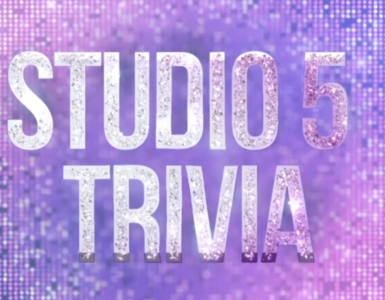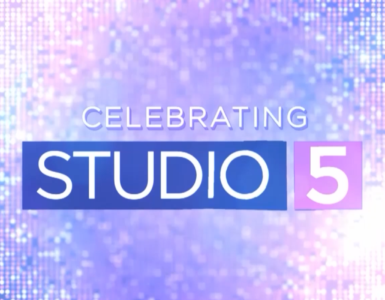Joseph Grenny, author of Crucial Confrontations: Tools for Resolving Broken Promises, Violated Expectations and Bad Behavior, offers his tips for effectively confronting America’s bad behavior.
According to a recent VitalSmarts survey of more than 1,000 respondents, 91 percent of people regularly encounter public displays of insensitivity (PDIs) caused by a personal digital assistant (PDA). For example, the diner at the table next to you is talking loudly on his cell phone, your boss is reading her e-mail during your presentation, the teenager sitting in front of you at the theater is sending text messages throughout the movie and distracting you with the screen’s incessant glow.
So what do we do when confronted with such blatant PDIs? According to the survey, most of us do nothing. Results show that only one in ten people speak up to the offender, while the vast majority remain silent by either ignoring the behavior (37 percent), giving dirty looks or showing disapproval in other nonverbal ways (26 percent), or simply walking away (14 percent).
Author Joseph Grenny says, “Current social norms dictate that you should be courteous and polite, and the advancement of new technologies should not trump these unwritten rules.”
Grenny offers the following tips for effectively confronting a PDI offender in a way that restores civility without damaging common courtesy:
• Don’t rely solely on vague and prickly non-verbals. Your dirty looks, harrumphs, and shaking head are often weak and unclear messages that frequently provoke either no reaction or defensiveness and annoyance. When others fill in the blanks, they may attribute a worse message than you intended. Your goal is to get the offenders to reflect on how their behavior is obnoxious – not how you are obnoxious.
• Speak softly, be tentative. Softer voices are less provocative; require the offenders to tune their attention to what you’re saying, and offer privacy to salvage the other person’s pride. If you do want to try a nonverbal first, employ tentative gestures like eye contact, a polite smile, or pointing to your ear rather than an angry stare. This tentative approach will make it easier to move to a more verbal intervention without escalating to conflict.
• Be gracious and ask permission. When people are publicly insensitive, it’s generally because they are attending solely to their own needs. Start by apologizing for the inconvenience and then ask for their permission to listen to your request. “I don’t mean to put you out, but could I make a request?”
• Share natural consequences. Never make demands without explaining them. People feel more obligated to oblige when your request appears reasonable. “Would you kindly talk a bit more quietly on your cell phone? I’m trying to read and am having a hard time focusing.”
• Keep your smile but hold your ground. Maintain eye contact, stay silent, and let them respond. Don’t become aggressive.
• Accept a “No” and move on with your life. If they either fail to comply or quickly return to the obnoxious behavior, let it drop. Unless the situation will continue for an extended period of time or your safety is at risk, you’re better off just moving on.
For more information on the referenced study, you can visit VitalSmarts at www.vitalsmarts.com














Add comment